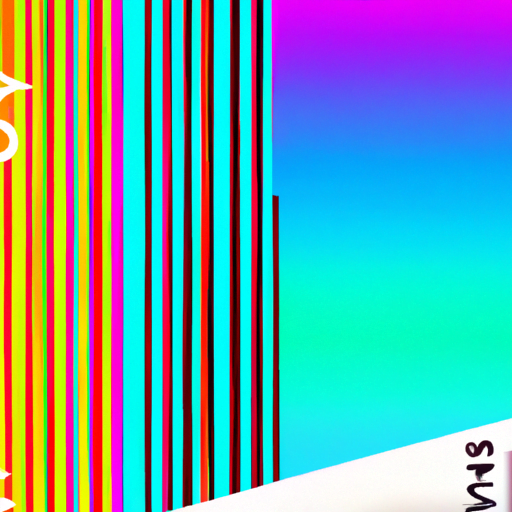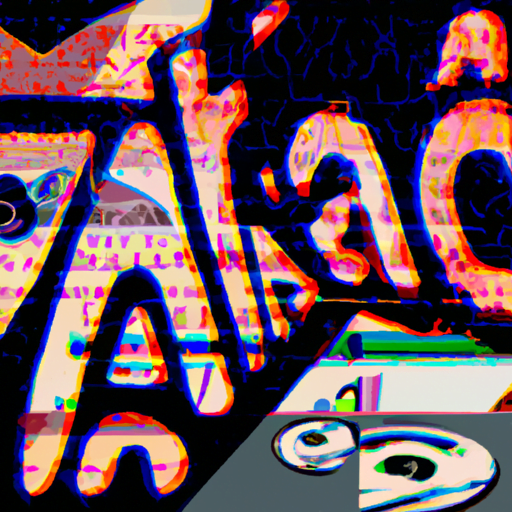
-
Table of Contents
AI-Infused Spatial Design: Enhancing Environments through Graphics

Artificial Intelligence (AI) has revolutionized various industries, and spatial design is no exception. With the integration of AI, designers can now create visually stunning and functional environments that enhance user experiences. By leveraging AI-powered graphics, spatial design can be taken to new heights, offering endless possibilities for creativity and innovation. In this article, we will explore the impact of AI-infused spatial design and how it is transforming the way we perceive and interact with our surroundings.
The Role of AI in Spatial Design
AI technology has the potential to significantly enhance spatial design by providing designers with powerful tools and capabilities. By analyzing vast amounts of data and learning from patterns, AI algorithms can generate insights and recommendations that help designers make informed decisions. This enables designers to create spaces that are not only aesthetically pleasing but also functional and optimized for specific purposes.
One of the key areas where AI is making a difference in spatial design is in the generation of graphics. AI algorithms can analyze various factors such as lighting, color schemes, and spatial arrangements to create visually appealing graphics that enhance the overall ambiance of a space. By understanding human preferences and cultural influences, AI can generate graphics that resonate with the intended audience.
Enhancing User Experiences
AI-infused spatial design has the potential to greatly enhance user experiences in various environments, including retail stores, museums, and public spaces. By leveraging AI-generated graphics, designers can create immersive and engaging experiences that captivate visitors.
For example, in retail stores, AI can analyze customer behavior and preferences to create personalized graphics that guide customers through the store and highlight relevant products. By tailoring the graphics to individual customers, AI can create a more personalized and enjoyable shopping experience, ultimately leading to increased sales and customer satisfaction.
In museums, AI-powered graphics can bring exhibits to life by providing interactive and informative visualizations. By analyzing visitor data and preferences, AI algorithms can generate graphics that cater to the interests of different visitors, making the museum experience more engaging and educational.
Public spaces can also benefit from AI-infused spatial design. By analyzing data on foot traffic and user behavior, AI algorithms can generate graphics that optimize the flow of people and enhance safety. For example, AI-generated graphics can guide pedestrians through crowded areas, reducing congestion and improving overall user experience.
Case Studies: AI in Spatial Design
Several real-world examples demonstrate the power of AI-infused spatial design in enhancing environments through graphics. Let’s explore a few case studies:
1. The Amazon Go Store
The Amazon Go store is a prime example of how AI can transform the retail experience. By leveraging AI-powered graphics, the store creates a seamless shopping experience without the need for traditional checkout counters. AI algorithms track customer movements and purchases, generating real-time graphics that guide customers through the store and provide personalized recommendations. The result is a highly efficient and personalized shopping experience that has revolutionized the retail industry.
2. The Louvre Abu Dhabi
The Louvre Abu Dhabi is another example of how AI-infused spatial design can enhance user experiences in museums. The museum uses AI algorithms to analyze visitor data and preferences, generating graphics that cater to the interests of different visitors. By providing interactive and informative visualizations, the museum creates a captivating and educational experience for its visitors.
3. Smart Cities
AI-infused spatial design is also being applied to the development of smart cities. By analyzing data on traffic patterns, energy consumption, and user behavior, AI algorithms can generate graphics that optimize the use of resources and enhance the overall livability of a city. For example, AI-generated graphics can guide drivers to available parking spaces, reducing congestion and improving traffic flow.
The Future of AI-Infused Spatial Design
The potential of AI-infused spatial design is vast, and we are only scratching the surface of what is possible. As AI technology continues to advance, we can expect even more innovative applications in spatial design.
Some potential future developments include:
- AI-generated graphics that adapt in real-time to user preferences and behavior
- Virtual reality (VR) and augmented reality (AR) experiences that seamlessly integrate with physical spaces
- AI algorithms that can analyze emotions and generate graphics that evoke specific feelings
- AI-powered robots that can dynamically rearrange physical spaces based on user needs and preferences
These advancements have the potential to revolutionize the way we interact with our surroundings and create truly immersive and personalized experiences.
Conclusion
AI-infused spatial design is transforming the way we perceive and interact with our environments. By leveraging AI-powered graphics, designers can create visually stunning and functional spaces that enhance user experiences. From retail stores to museums and public spaces, AI is revolutionizing spatial design and opening up new possibilities for creativity and innovation. As AI technology continues to advance, we can expect even more exciting developments in the field of AI-infused spatial design, ultimately creating environments that are optimized for human needs and preferences.
